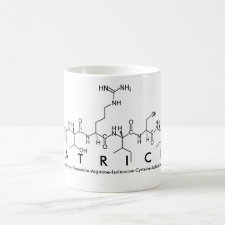
Authors: Regal P, Díaz-Bao M, Barreiro R, Cepeda A, Fente C
Article Title: Application of molecularly imprinted polymers in food analysis: clean-up and chromatographic improvements.
Publication date: 2012
Journal: Central European Journal of Chemistry
Volume: 10
Issue: (3)
Page numbers: 766-784.
DOI: 10.2478/s11532-012-0016-3
Abstract: Several natural and synthetic substances have been monitored in analytical laboratories worldwide to ensure food safety. Multiple residue detection ( i.e. , detection of multiple analytes in a single sample or matrix) is a main weakness of existing analytical methods, when fast and reliable results are required. Multianalyte approaches may save time and money in the food industry, and more importantly, they allow the quick release of food products into the marketplace. In addition, multianalyte approaches notably decrease the time required between sampling and analysis to meet legal requirements. However, to achieve analytical success, it is necessary to develop thorough clean-up procedures to extract analytes from the matrix. In addition, good chromatographic separation methods are also necessary to distinguish closely related analytes. Molecular imprinting technology (MIT) is an emerging, powerful tool for sample extraction and chromatography. First used for solid-phase extraction, molecularly imprinted polymers (MIPs) are also effective chromatographic phases for the separation of isomers and structurally related molecules. In recent years, a number of analytical methods utilising MIT have been applied for the analysis of residues in food, and existing methodologies have been improved. This review article describes the latest applications of MIT in the development of methodologies to monitor the presence of residues of veterinary products in foodstuff
Template and target information: Review - MIPs in food analysis
Author keywords: Molecularly imprinted polymers, Veterinary drugs, Foodstuff, residues, MRLs



Join the Society for Molecular Imprinting

New items RSS feed
Sign-up for e-mail updates:
Choose between receiving an occasional newsletter or more frequent e-mail alerts.
Click here to go to the sign-up page.
Is your name elemental or peptidic? Enter your name and find out by clicking either of the buttons below!
Other products you may like:
 MIPdatabase
MIPdatabase









